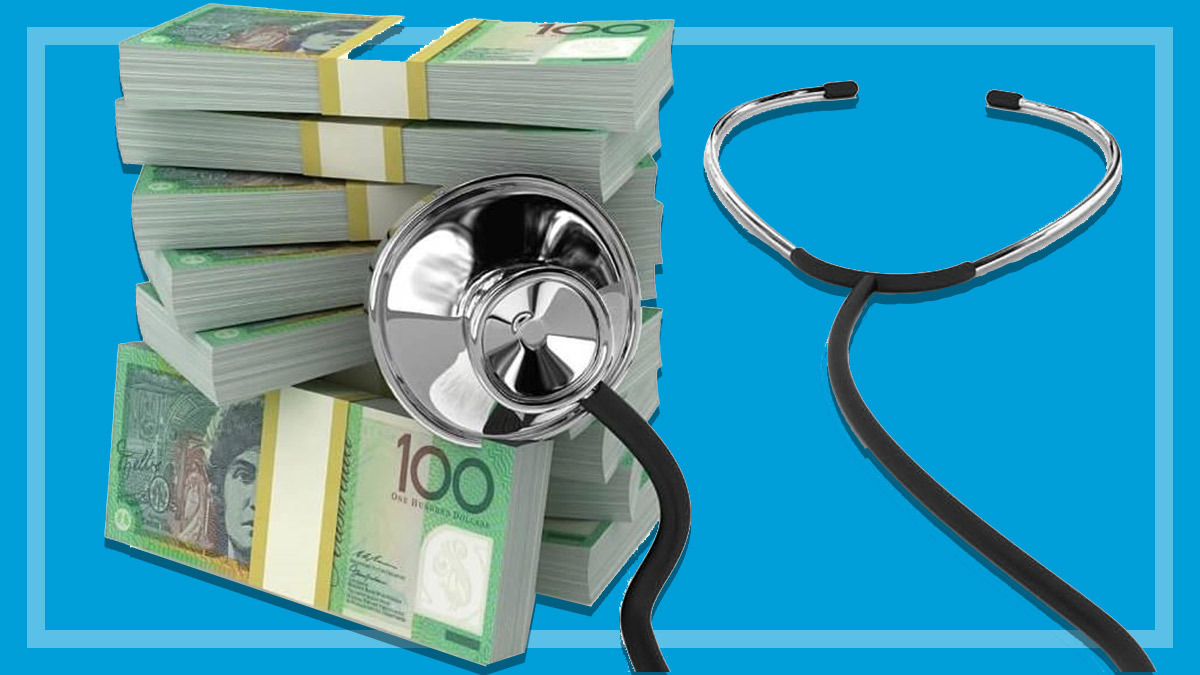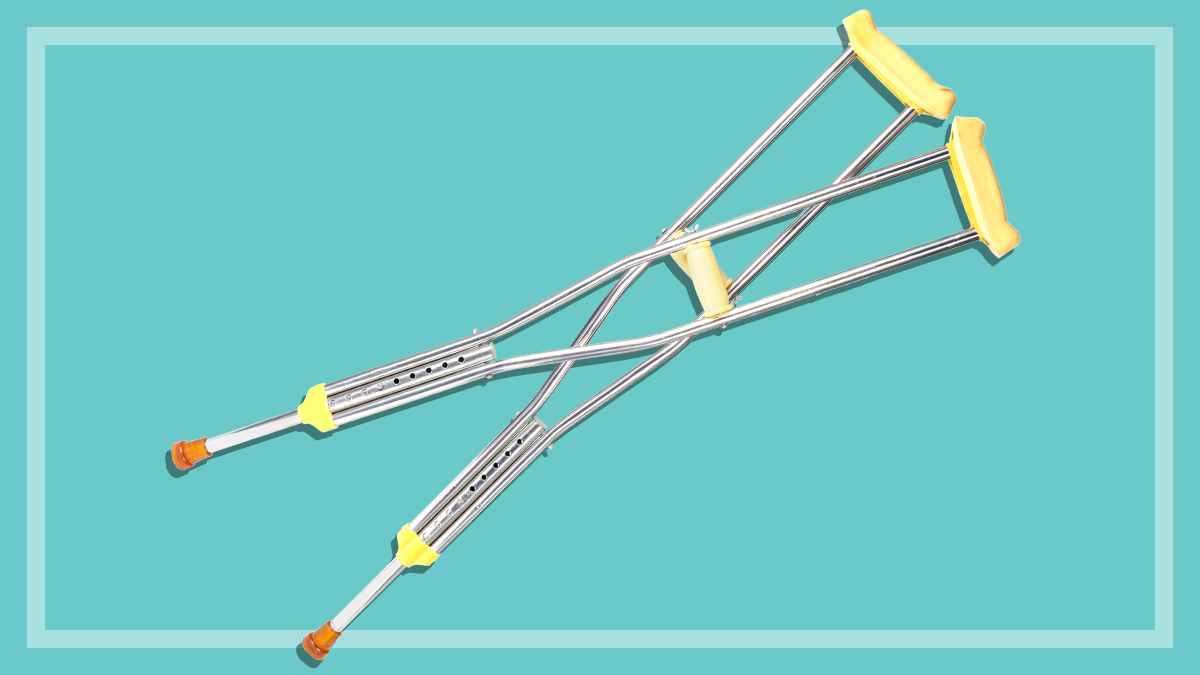Get our independent lab tests, expert reviews and honest advice.
Health insurance premiums to increase by 3.73% on 1 April

Need to know
- Private health insurance funds will apply a 3.73% average increase on 1 April, but Medibank, Bupa, NIB and HCF have a higher than average increase
- If you're able to prepay for 12 months before your fund increases the price, you can make some good savings and delay the 2025 price increase
- Keep in mind these are average figures across all policies of a fund; a range of different cost increases will apply to individual policies
Health insurance premium increases in 2025
Health insurance premiums will increase in 2025 by an average of 3.73%, which is the biggest increase since 2018. This follows a 2024 increase of 3.03% and a 2023 increase of 2.9%, but some funds will have bigger price hikes than others.
The lowest increase this year is from HIF (Health Insurance Fund of Australia), which is increasing premiums by 1.91%.
Police Health has the largest average increase, with a whopping 9.56% price hike across its policies.
Of the big funds, all but HBF have above-average increases:
2025 premium increases: Where does your health fund sit?
This bar chart shows the average premium increase for each health fund in 2025. The industry weighted average increase is 3.73%. The funds below are listed in order of their average increase.
HIF – 1.91%
Phoenix Health – 2.43%
GMHBA – 2.44%
HBF Health Limited – 2.8%
CBHS – 2.84%
Navy Health – 2.85%
St Luke’s – 2.88%
Latrobe – 2.89%
Hunter Health – 2.93%
HCI – 2.94%
Onemedifund – 2.94%
Teachers Health – 2.94%
ACA – 3.16%
Reserve Bank – 3.17%
Defence Health – 3.3%
Westfund – 3.4%
Health Partners – 3.43%
TUH – 3.45%
Doctors’ Health – 3.48%
Peoplecare Health – 3.54%
Mildura Health Fund – 3.69%
Industry Average – 3.73
CBHS Corporate – 3.9%
Medibank – 3.99%
Australian Unity – 4.89%
HCF – 4.95%
BUPA – 5.1%
AIA – 5.7%
NIB – 5.79%
Police Health – 9.56%
How to avoid health insurance premium hikes
An excellent way to save money is to prepay your annual premium before 31 March to ‘lock in’ your current premium.
In addition to avoiding the price hike, some funds offer direct debit and pre-pay discounts. Of the big funds, HBF and NIB offer these discounts:
- HBF – 4% for direct debit and 3.84% if you prepay your annual premium, which adds up to a total discount of 7.84% if you pay your annual payment by direct debit.
- NIB – 4% for direct debit.
Some funds let you prepay for longer than 12 months. For example, NIB allows 13 months and HCF allows 18 months. But don’t leave it until the last minute to prepay as some funds require prepayment by a certain date. Check with your fund to find out.
Gold hospital insurance premiums skyrocket
As CHOICE pointed out last year, these average price increases don’t tell the full story of the rising costs of health insurance.
We discovered many insurers introducing new more expensive policies, while closing old cheaper policies in order to increase prices even more, without attracting attention.
In fact, over the past four years, insurers have used this tactic to jack up the average price of Gold Hospital cover by 45%, while the “approved” average increase over the same period was 11.9%.
Now’s a good time to review your cover
Now is a great time to review your cover, and if you’ve opted for top-level Gold hospital cover ‘just in case’, now is the time to seriously think about dropping it or downgrading to cheaper cover.
If you’re thinking of upgrading your cover – for example, you want to have a baby in a private hospital, or think you may need surgery in the next year – don’t automatically upgrade with your current fund, but explore what deals are available with other funds.
If you’re thinking of upgrading your cover, don’t automatically upgrade with your current fund, but explore what deals are available with other funds
And remember, the headline figures released by the Health Department are an average only; check with your fund to see how much your policy will be increasing by.
The same cover with a different insurer can be hundreds of dollars cheaper. The largest savings are available for Gold policyholders, but even if you have a Silver or Bronze policy, you’ll probably be able to find a cheaper deal that will give you at least the same cover. Our experts have found that in some cases you could save up to $1870 per year.





